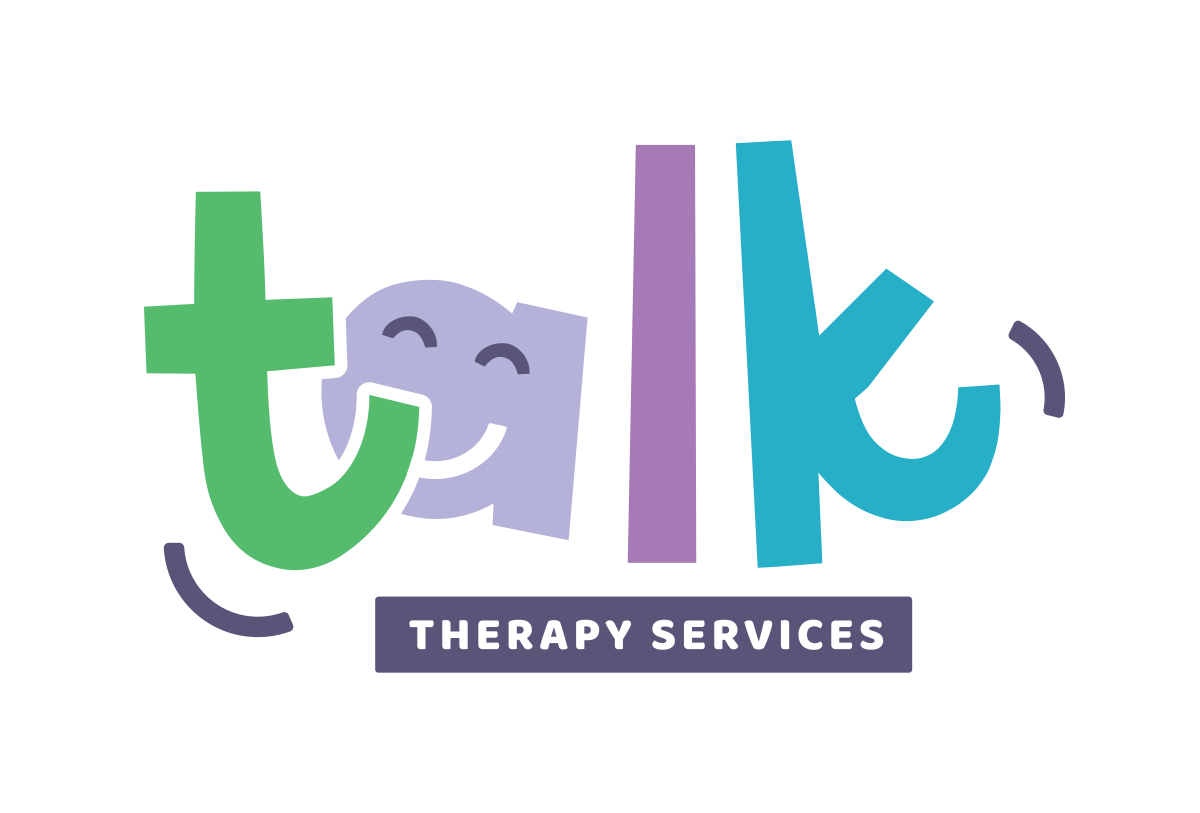Embracing Alternative and Augmentative Communication (AAC) for Empowering Individuals with Autism
In the landscape of autism support, the introduction and utilization of Alternative and Augmentative Communication (AAC) stand as a beacon of innovation and empowerment. AAC encompasses a wide array of strategies and technologies designed to bolster the communication skills of individuals with autism, a condition that affects one's ability to engage in traditional verbal interaction. This blog post delves into the significance of AAC, exploring its diverse forms, benefits, and the profound impact it has on individuals with autism and their communities.
What is Alternative and Augmentative Communication (AAC)
Alternative and Augmentative Communication (AAC) refers to the methods and tools that support or replace spoken or written language for those with significant communication challenges. AAC solutions range from no-tech options like sign language and picture boards to high-tech devices such as speech-generating devices and apps tailored for communication enhancement.
The Importance of AAC for Individuals with Autism
Autism Spectrum Disorder (ASD) is characterized by a broad range of conditions affecting social skills, repetitive behaviors, speech, and nonverbal communication. For many on the spectrum, traditional speech may be inaccessible or challenging, making AAC a vital bridge to expressing thoughts, needs, and emotions.
Types of AAC Devices and Systems
- Low-Tech AAC: These include picture exchange communication systems (PECS), communication boards, and sign language, requiring minimal to no technology.
- High-Tech AAC: Speech-generating devices (SGDs) and tablet-based apps that produce digital speech when symbols, icons, or text are selected.
- Hybrid Systems: Solutions that incorporate both low-tech and high-tech elements, offering flexibility and adaptability to the user's needs and environment.
Benefits of AAC
- Enhanced Communication: AAC provides individuals with autism a voice, enabling them to articulate their needs, desires, and ideas.
- Social Interaction: By facilitating communication, AAC aids in building relationships and participating in social activities.
- Behavioral Improvements: Effective communication through AAC can reduce frustrations and behavioral issues stemming from the inability to express oneself.
- Educational Engagement: AAC tools support educational development, allowing for active participation in learning environments.
Implementing AAC: Best Practices
- Early Intervention: Introducing AAC at an early age can significantly impact language development and social skills.
- Customized Solutions: Tailoring AAC systems to the individual's needs, preferences, and capabilities ensures greater success and adoption.
- Inclusive Training: Training for both the user and those in their support network (family, educators, therapists) is crucial for effective AAC use.
- Continuous Evaluation: Regular assessment of the AAC system's effectiveness and adjustments as needed can enhance communication outcomes.
Alternative and Augmentative Communication (AAC) emerges not just as a tool but as a transformative approach in the autism community, fostering independence, inclusion, and a higher quality of life for individuals with autism. As technology advances, the potential for AAC to evolve and further impact lives continues to grow. By embracing AAC, we open doors to a world where every voice, regardless of its form, is heard and valued.
The journey of AAC in enhancing the lives of those with autism underscores the importance of accessibility, understanding, and support in navigating the challenges associated with communication barriers. As society moves towards greater inclusivity, the role of AAC in enabling individuals with autism to express themselves freely and effectively cannot be overstated. Let us commit to promoting and integrating AAC solutions, advocating for the voices that seek to be heard.

